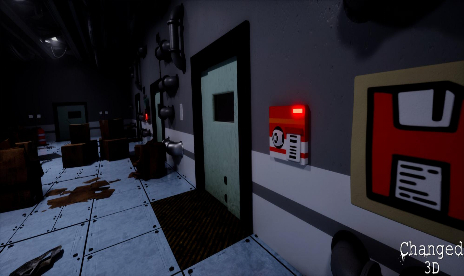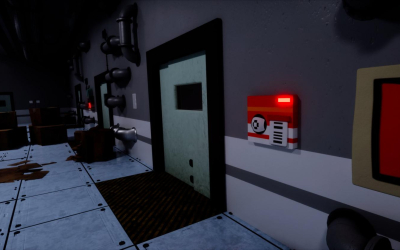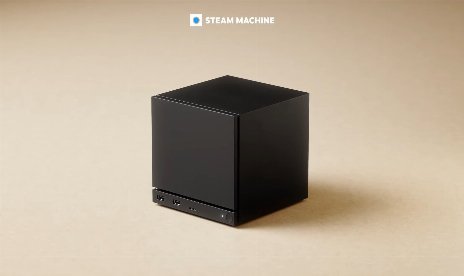The PlayStation 5 will have a custom AMD CPU and GPU

Lead architect at Sony, Mike Cerny, has revealed a number of details about the next-generation PlayStation console, currently colloquially called the PS5. It isn’t set to release in 2019, but may well make a 2020 appearance. It will support ray tracing and likely some new form of game streaming, as well as utilize an SSD to make game load times much much faster and massively increase fill rate and character movement speeds. Also of note is the upgraded CPU and GPU, which will both be AMD based.
Both the Xbox One and PS4 employed custom AMD APUs that combined a Jaguar CPU core with a graphics core next architecture for the GPU. They proved powerful when leveraged to their fullest, but AMD has come on in leaps and bounds, particularly in CPU technology in recent years, so it’s exciting to imagine the potential of a new-generation of PlayStation that can leverage that kind of power.
The new gen PS5 will reportedly utilize one of AMD’s upcoming Zen 2 Ryzen 3000 CPUs and pair it up with an AMD Navi based graphics core. It seems likely that this will be some form of custom APU configuration, but it may be that the two will remain separate — we’ll have to wait and see. The CPU will have eight cores and will likely support simultaneous multithreading giving it 16 threads to work with at any one time. That should lead to be advancements in AI control, as well as general rendering performance and load time enhancement.
A Ryzen chip like this should be multiple times more powerful at single threaded and multithreaded tasks than its predecessor console chips. Combined with a new Navi GPU (which can do ray tracing, we’re told), it should make the new-gen console a much more powerful system than even the PS4 Pro.
Other notes gleaned about the new system from Wired’s interview with Cerny suggest VR will still be part of the Sony roadmap, with a potential new headset in the future. There will also be support for virtual 3D audio at the hardware level, and the system will be backwards compatible with the PS4.





![Soulstone Survivors v1.0-v1.4+ (+26 Trainer) [FLiNG]](https://9588947a.delivery.rocketcdn.me/wp-content/uploads/2025/12/Soulstone-Survivors-01-464x276.jpg)

![Icarus v1.1.0-v2.3.20+ (+27 Trainer) [FLiNG]](https://9588947a.delivery.rocketcdn.me/wp-content/uploads/2025/12/Icarus-01-464x276.jpg)

























